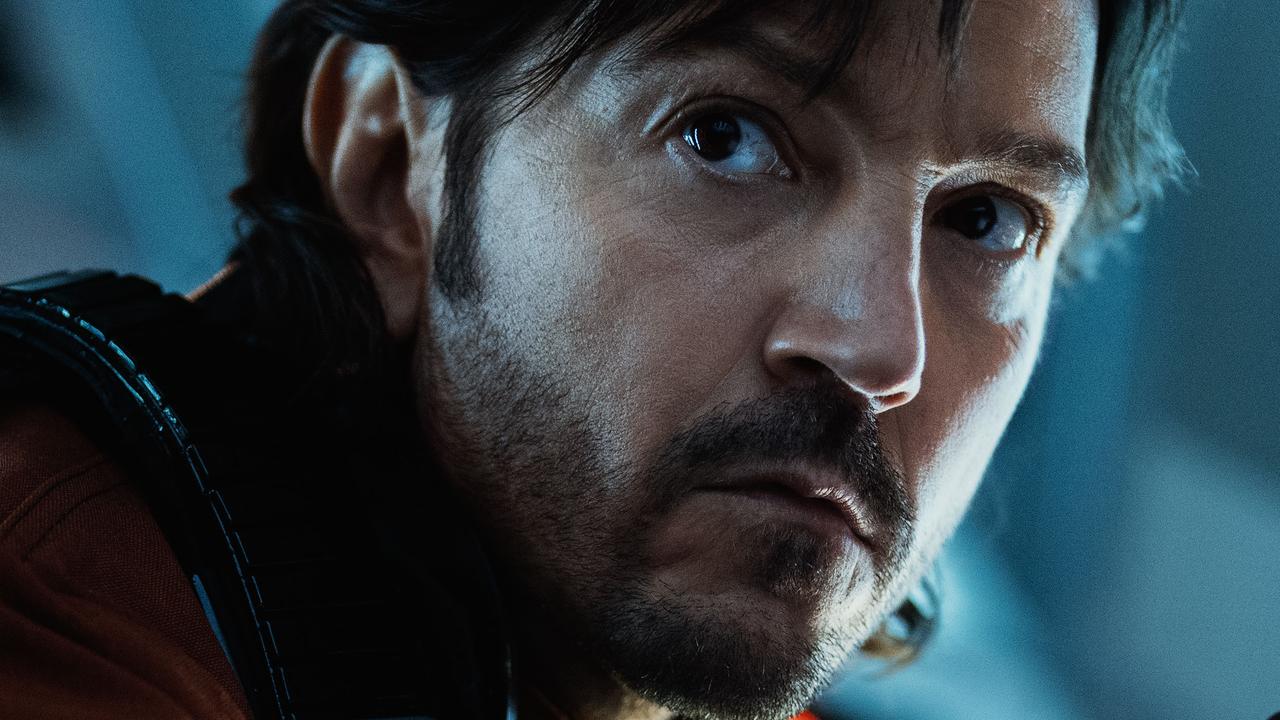The best thing about TV right now
PEOPLE keep saying it’s the golden age of television. But it’s not just the quality of the shows that’s making TV great. There’s another trend we can be thankful for.
OPINION
PEOPLE keep saying it’s the golden age of television. With TV being graced by the likes of Game of Thrones, Master of None and The Americans, it’s hard to mount an argument against that.
And why would you want to?
Sure, there are still dum dum unreality shows about wannabe lovers who will ultimately flog you a fitness program, but I digress.
On balance, TV is epically excellent right now.
And we wouldn’t be able to enjoy the width and depth of this current era of amazing TV if it wasn’t for the brilliant (not to mention considerate) trend of much shorter seasons.
It used to be that only the gems coming out of HBO or Showtime, the likes of Six Feet Under, The Sopranos and Weeds (in its earlier, better days), were compacting their stories into 10, 12 or 13-episode seasons. Now, it’s almost everyone, or at least almost everyone worth watching.
Think about it. Game of Thrones is only 10 episodes a season; the next two seasons are even shorter at seven and six episodes each. If the melodrama of Westeros was stretched out every year over a more traditional 22-episode season, well, yikes.
How many episodes of Arya’s two-seasons-long Braavos diversion would we have had to put up with?! Can you imagine Daenerys bumming around Essos for 132 episodes instead of the 60 we already had to contend with?

Something like Game of Thrones is perfect for a truncated season in terms of its story and how expensive the show is to make. It also benefits from the uber-hype it generates every year for three months while the show is on air — it would be hard to sustain that level of intense fandom for half a year, if not more. You’d get over it.
Veep and Silicon Valley with their rapid fire comedic tension? Ten episodes. Impeccable.
Could you tolerate more than 10 episodes at a time of Hannah’s neuroticism on Girls? Doubt it.
On the other end of the scale, a show like Mad Men is a much slower, more ponderous proposition and lingering for any longer than 13 episodes a season would also be a disservice to the viewer and to the creative process.
Storytelling on TV has shifted. More and more, writers are crafting shows that tell a longer story, rather than a story-of-the-week collection of episodes. While there are times for those dip-in-dip-out, Law & Order-esque programs, the commitment to following a story arc and character development is much more rewarding, leading to this so-called golden age of television.
Of course, the Brits have been doing this for decades, often limiting their TV seasons to six or eight episodes for each run. Even if that means we never got more than 12 episodes of Fawlty Towers or 18 of episodes of Black Books, ever.

For all the dazzling American TV we’re now hooked on, you can thank pay TV players such as HBO and streaming services like Netflix for this development. Unconcerned, or at least less concerned, with the commercial pressures faced by free-to-air broadcast channels, these guys had the flexibility to change the script.
When Netflix first ventured into original programming, it was married to the 13-episode season and that hasn’t always worked for everything. Jessica Jones, my favourite new show of last year, would’ve probably been better at 10 episodes instead of 13 — there was a bit of treading water in the middle there.
But as Netflix has shown more recently, it’ll go with less when it’s right for the series. Master of None and Love were both 10 episodes. Quite perfectly, Stranger Things was eight episodes.
There are also great anthology series such as Fargo or American Crime Story where you’ve only got 10 episodes to tell the whole story, you don’t even get a second season to pick up any loose threads.

The other creative upside to a shorter season is you can get a wider range of actors to commit to the project. Viola Davis only came on board for How To Get Away With Murder because Shonda Rhimes promised to keep it at 15 episodes instead of 20-plus. Or that David Duchovny and Gillian Anderson agreed to a 10th season of The X-Files (another column for another day) because they could make it at only six episodes.
When you’ve got a shorter, more limited slate to work with, you have to make it count. No more filler.
On a practical level, this makes it all much, much easier for viewers. When there are, every year, dozens of TV shows easily classified as “must see”, it’s just that much more simple to keep up to date with it all. You know you can get through something brilliant, quickly, and then move on to the next thing.
If someone gives you two recommendations to watch, for example The Blacklist and Mr Robot, and you see that the first season of one show is 22 episodes while the other is 10, you’ll more than likely opt for the one that is less of a time-suck.
Especially as we’re watching more TV on demand, bingeing 10 episodes of something feels a lot better than 22.
When it comes to TV, sometimes less is more.
Continue the conversation on Twitter with @wenleima.



